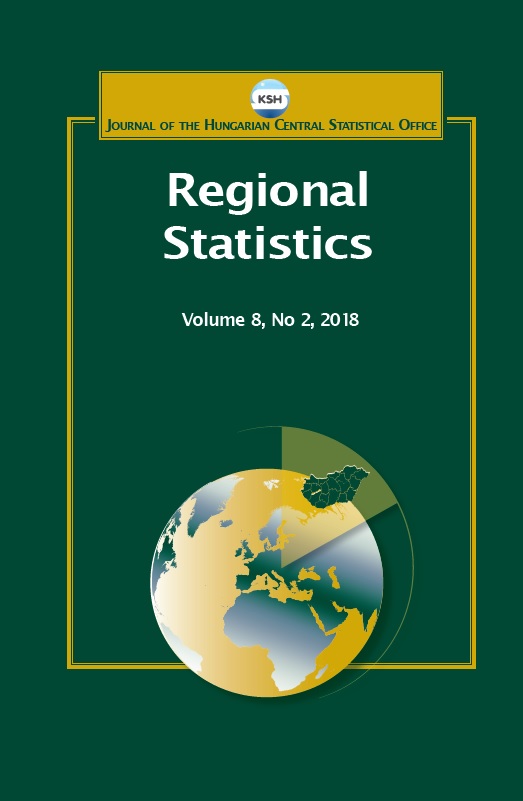Spatial differences regarding the chance to leave
supported public employment in Hungary’s rural
periphery
Spatial differences regarding the chance to leave
supported public employment in Hungary’s rural
periphery
Author(s): Tibor KótiSubject(s): Social Sciences, Economy, Geography, Regional studies
Published by: Központi Statisztikai Hivatal
Keywords: lock-in rural areas; integration; regional differences; periphery areas; disadvantaged
Summary/Abstract: Time has passed since unified supported public employment was introduced in Hungary in 2011, thus enabling an analysis of the efficiency of the programme, using exact quantitative and qualitative methods. The present paper aims to comprehensively study the most significant employment policy measure in Hungary (supported public employment) with special regard to its efficiency. The paper studies the chances of integration with the open labour market, which is the open aim of supported public employment, in well-defined periphery areas. Based on qualitative analyses, the spatial structure of supported public employment, or the supported public employment rate, is presented with a situation in which public employees are supported in the labour market. This includes regional development’s effects on peripheral areas and the budget’s appropriateness. Based on quantitative analyses, it is discovered that one critical factor impeding integration into the open (alternative) labour market is atypical employment and its obstacles. Analysing the supported public employment programme’s efficiency reveals a major issue in the high number of people in supported public employment, as the value of the lock-in indicator was higher than 80% in the 603 settlements studied in 2017. The present paper discusses the possible exposition of factors behind this lock-in, and its special cases have also been studied, (including age, gender, and qualifications). Supported public employment currently provides an opportunity to improve disadvantaged people’s policy-related employment conditions by increasing employment. This also includes strategic rural, socio political, and regional development aspects. The study’s national strategic role is reflected in that the conclusions drawn from the data may illustrate a way to develop strategies to support public employment programmes with appropriate quality.
Journal: Regional Statistics
- Issue Year: 8/2018
- Issue No: 02
- Page Range: 109-134
- Page Count: 26
- Language: English

